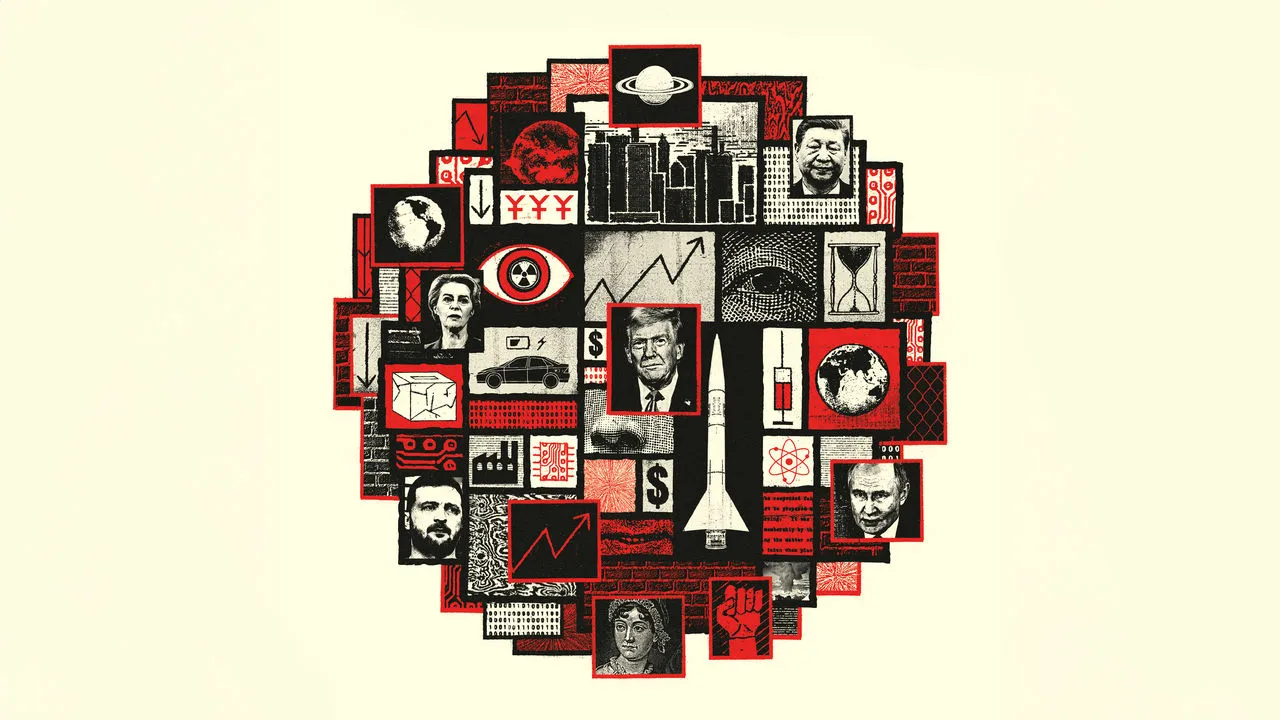As the world moves further into 2025, global economic trends continue to evolve, influenced by factors such as technological advancements, geopolitical shifts, and inflationary pressures. Businesses, investors, and policymakers are keenly observing these changes to navigate challenges and seize opportunities. In this article, we will explore key economic trends shaping the global landscape in 2025.
1. The Impact of Inflation and Interest Rates
One of the most pressing concerns for the global economy is inflation. Many countries continue to experience fluctuating inflation rates, forcing central banks to adjust interest rates accordingly. The U.S. Federal Reserve, European Central Bank, and other financial institutions are expected to maintain a cautious stance, balancing economic growth with inflation control.
Higher interest rates have made borrowing more expensive, affecting both businesses and consumers. This has led to slower growth in real estate and stock markets, while increasing the demand for safer investment options like bonds and gold.
2. The Rise of Artificial Intelligence and Automation
The integration of artificial intelligence (AI) and automation across industries is accelerating, boosting productivity while reshaping job markets. AI-powered tools are enhancing efficiency in sectors such as finance, healthcare, and customer service. Companies that embrace AI are expected to gain a competitive edge, while traditional job roles may shift towards more technologically oriented skill sets.
Governments and educational institutions are focusing on reskilling programs to prepare the workforce for AI-driven industries. This shift underscores the importance of digital literacy and adaptability in the modern economy.
3. Global Supply Chain Adjustments
The disruptions caused by the COVID-19 pandemic and geopolitical tensions have led to significant shifts in global supply chains. Companies are prioritizing resilience over cost-cutting, leading to increased regional manufacturing and reduced dependence on single-source suppliers.
Industries such as semiconductors, pharmaceuticals, and electric vehicles are investing in diversified supply chain strategies to mitigate risks associated with trade restrictions and geopolitical instability. Nearshoring and friend-shoring are becoming common strategies for companies looking to secure steady production lines.
4. Digital Currencies and the Future of Finance
The adoption of digital currencies and blockchain technology is transforming the financial sector. Central Bank Digital Currencies (CBDCs) are gaining traction, with countries like China, the European Union, and the U.S. exploring their implementation.
Cryptocurrencies and decentralized finance (DeFi) continue to challenge traditional banking systems, offering alternative financial solutions. However, regulatory scrutiny remains a major factor in determining the future of digital assets. Investors and businesses are closely watching how governments approach crypto regulations and digital payment innovations.
5. The Green Economy and Sustainable Investments
Sustainability remains a top priority for governments and corporations, with increasing investments in renewable energy, electric vehicles, and carbon reduction initiatives. As climate change concerns grow, businesses are under pressure to adopt environmentally friendly practices.
Governments are introducing incentives for green energy projects, while consumers are showing a preference for sustainable products. Companies that fail to adapt to the green economy may face regulatory challenges and declining consumer trust.
6. Geopolitical Shifts and Trade Policies
Global trade dynamics are evolving due to shifting alliances and economic policies. Tensions between major economies, such as the U.S. and China, continue to influence trade agreements and tariffs. The rise of regional trade agreements, such as the Comprehensive and Progressive Agreement for Trans-Pacific Partnership (CPTPP), is reshaping international commerce.
Businesses need to stay informed about trade policies, as they can impact supply chains, pricing strategies, and overall market access. Adaptability to regulatory changes will be crucial for multinational corporations looking to expand globally.
7. The Future of Remote Work and the Gig Economy
The pandemic accelerated the trend of remote work, and its impact is still evident in 2025. Many companies have adopted hybrid work models, allowing employees to work remotely while maintaining office spaces for collaboration. The gig economy is also thriving, with more people opting for freelance and contract-based work over traditional employment.
This shift has led to changes in workplace dynamics, requiring companies to rethink employee engagement, productivity tracking, and cybersecurity measures. Digital platforms facilitating freelance work are growing, offering flexible income opportunities for workers worldwide.
Conclusion
As 2025 unfolds, the global economy is undergoing significant transformations driven by technology, geopolitical events, and sustainability efforts. Businesses and individuals must stay adaptable and informed to navigate economic uncertainties. Whether it’s inflation management, AI integration, or green investments, staying ahead of these trends will be key to long-term success.
By understanding these evolving economic patterns, investors, entrepreneurs, and policymakers can make strategic decisions that align with the future of global commerce.








Leave a Reply